Lawn Boy by Phish
Buy Lawn Boy Continuing to forge their unique fusion rock sound, Phish‘s sophomore effort, Lawn Boy, is chock full of diverse diddys and extended jams. Predating the group’s major label signing, the album […]
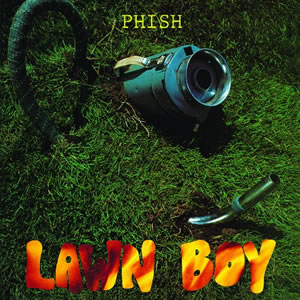
Buy Lawn Boy Continuing to forge their unique fusion rock sound, Phish‘s sophomore effort, Lawn Boy, is chock full of diverse diddys and extended jams. Predating the group’s major label signing, the album […]
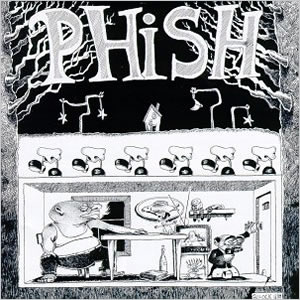
Buy Junta Originally released only on cassette, Junta by Phish, defies almost every convention for debut albums. The album was independently recorded and produced by the Vermont-based group but contains top-notch sound to […]
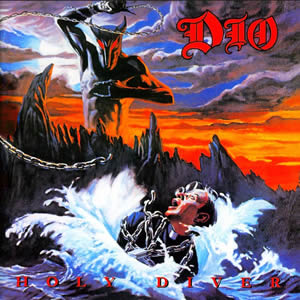
Buy Holy Diver Holy Diver is the 1983 debut studio album by Dio, led by veteran rock vocalist Ronnie James Dio. Drawing on the influences of multiple contemporaries in pop and rock music, […]
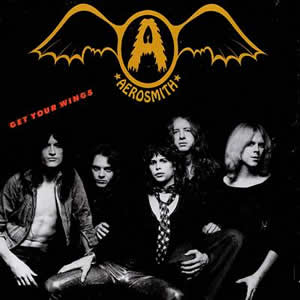
Buy Get Your Wings After their raw but potent debut in 1973, Aerosmith really started to forge their classic 1970s rock sound with their second album, Get Your Wings. This was due, in […]
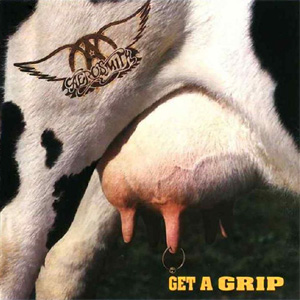
Buy Get a Grip Aerosmith made an amazing comeback in the late 1980s, as the band which was essentially dead at the beginning of that decade sprang back with a second act unlike […]
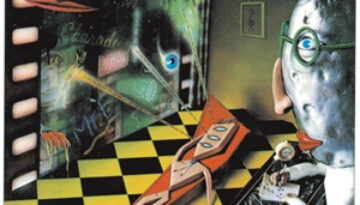
Buy Freeze Frame Freeze Frame is a confluence album, where a hard-working band with vast longevity in the bag reaches their heights towards the sunset of their career. It is a work that […]
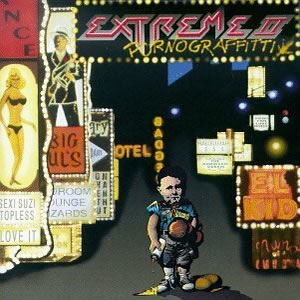
Buy Extreme II: Pornograffitti The rock quartet Extreme reached their popular climax with Extreme II: Pornograffitti. Sub-titled “A Funked Up Fairy Tale”, the album is a quasi-concept album with loosely-related songs that explore […]
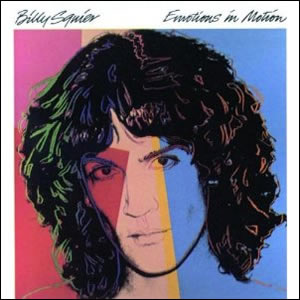
Buy Emotions in Motion Billy Squier delivered a second straight solid hard rocker with 1982’s Emotions in Motion, the third overall solo release by the Massachusettes native. While continuing much of the solid […]
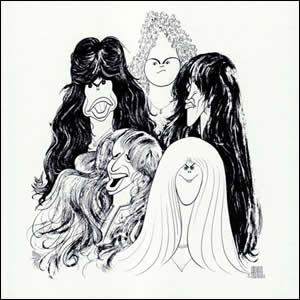
Buy Draw the Line Aerosmith‘s fifth album in 1977 came after the phenomenal success of 1975’s Toys in the Attic and 1976’s Rocks. Although the momentum continued to an extent with Draw the […]
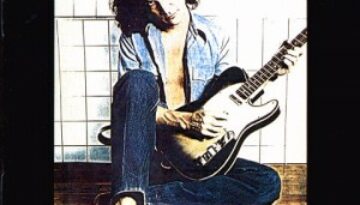
Buy Don’t Say No Bily Squier was an odd figure on the pantheon of rock. On the one hand, there is no doubt that he was a very talented vocalist with exception songwriting […]